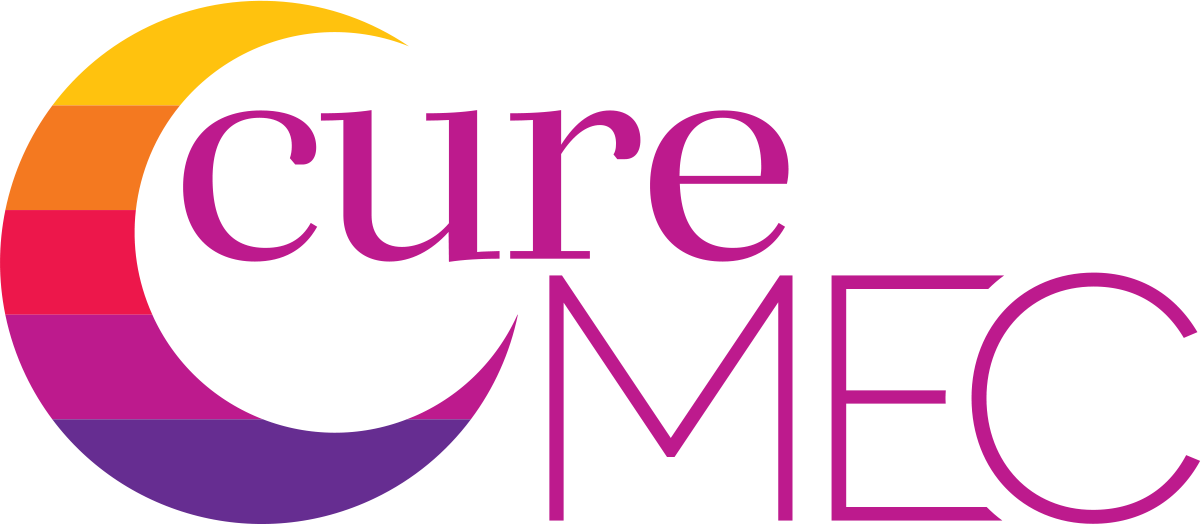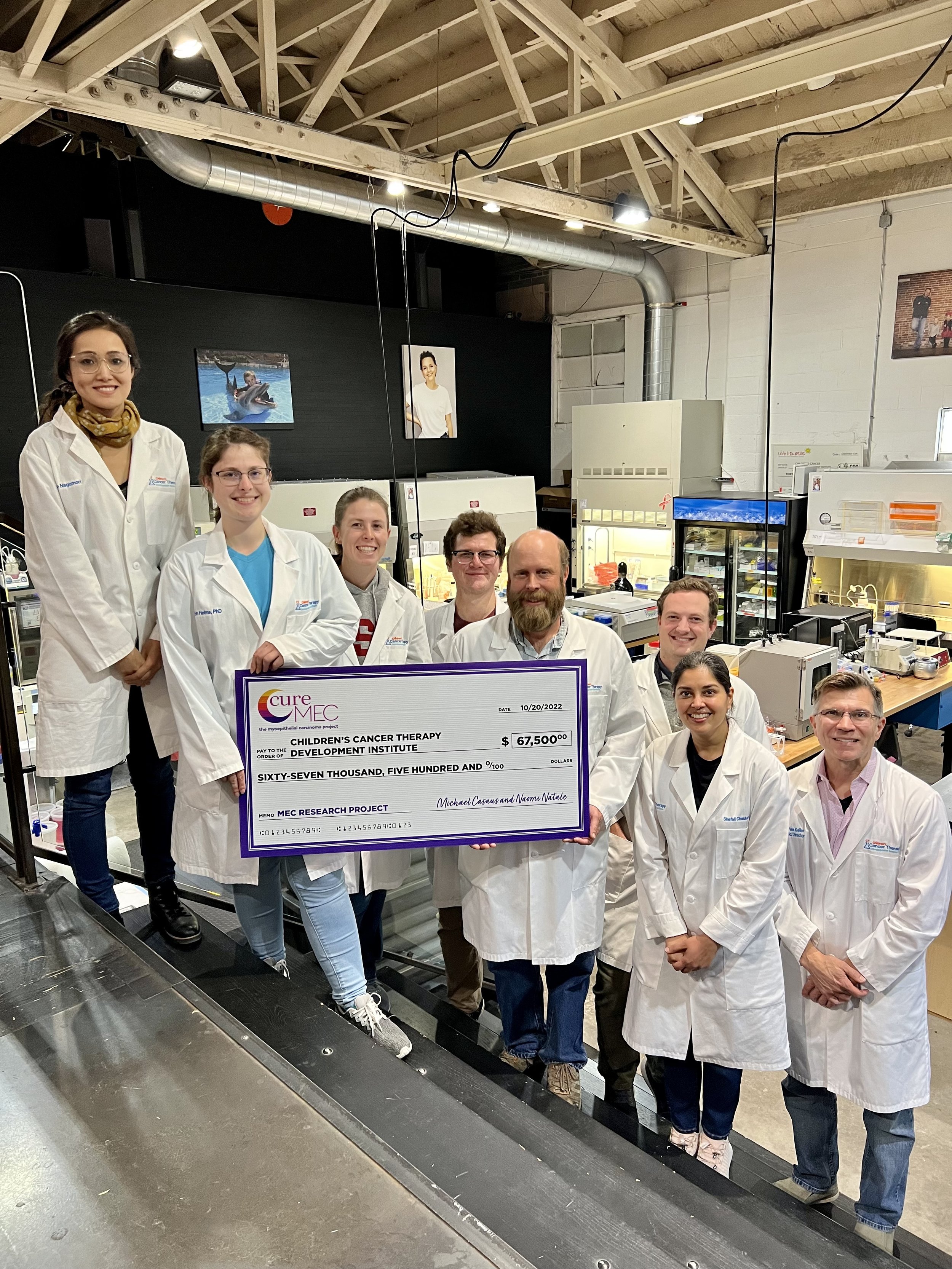Research Update!
This is a guest post from our research partner, the Children’s Cancer Therapy Development Institute.
Early this year, cc-TDI launched the Myoepithelial Carcinoma Biology & EWSR1 Orphan Cancers Drug Discovery Research Program. This project, spearheaded by Michael Casaus and Naomi Natale in honor of their son Sebastián, has been further supported by the greater CureMEC community eager to understand and find treatments for this underserved disease.
MEC is a rare cancer that can arise from the salivary glands, kidneys and sometimes from soft tissue such as muscle. The rarity of this cancer, and the limited understanding of its biology is why there are currently no treatment options specific to MEC. To address this, our team of researchers are interested in understanding the aberrant gene fusion EWSR1-KLF15, believed to be responsible for its progression. To achieve initial understanding of a cancer with very limited study, the building of resources is critical. Through the creation of a biobank registry, genetic sequencing efforts, and the development of new cell line & mouse models, scientific resources and analyses can be shared with scientists around the world working to discover treatment options.
In the first 10 months of this project, we have collected 13 patient samples from MEC patients and have sent them for sequencing (the process for understanding the genetic makeup of the tissue). Seven of the 13 samples were fusion positive and three of those have the EWSR1-KLF15 fusion which is particularly interesting to this project. As the sequencing data continues to come in, our team can further analyze the results looking for trends and characteristics across patient populations.
cc-TDI research team accepting CureMEC’s first research grant.
The second step in this discovery process is the creation of cell lines and mouse models that we can develop in-house and share with researchers worldwide. Thanks to our collaborator, Dr. Ryan Roberts from Nationwide Childrens Hospital, cc-TDI has obtained the only MEC mouse model that carries the EWSR1-KLF15 gene fusion. This mouse model will be used to create a primary cell culture for in vitro experiments and additional sequencing.
Finally, we are also working to develop the world’s first synthetic cell model of MEC by inserting the EWSR1-KLF15 gene fusion into normal myoblast and fibroblast cells, allowing for further testing and analysis in preparation for future drug development.
Sample collection is the critical step which allows researchers to analyze trends and isolate a therapeutic target. If you are interested in learning more about tissue donation via cc-TDI's in-house bio-banking program and patient registry, CuRe-FAST, please contact Kiyo@cc-tdi.org to learn more about this important program.
Recently, Michael and Naomi presented our team with a $67,500 gift on behalf of the CureMEC community. This support goes a long way toward furthering cc-TDI's ability to research this disease. Thank you to Michael and Naomi for their unwavering support, and to the greater CureMEC community for pushing this research forward. We look forward to updating you on continued progress in the coming months.

